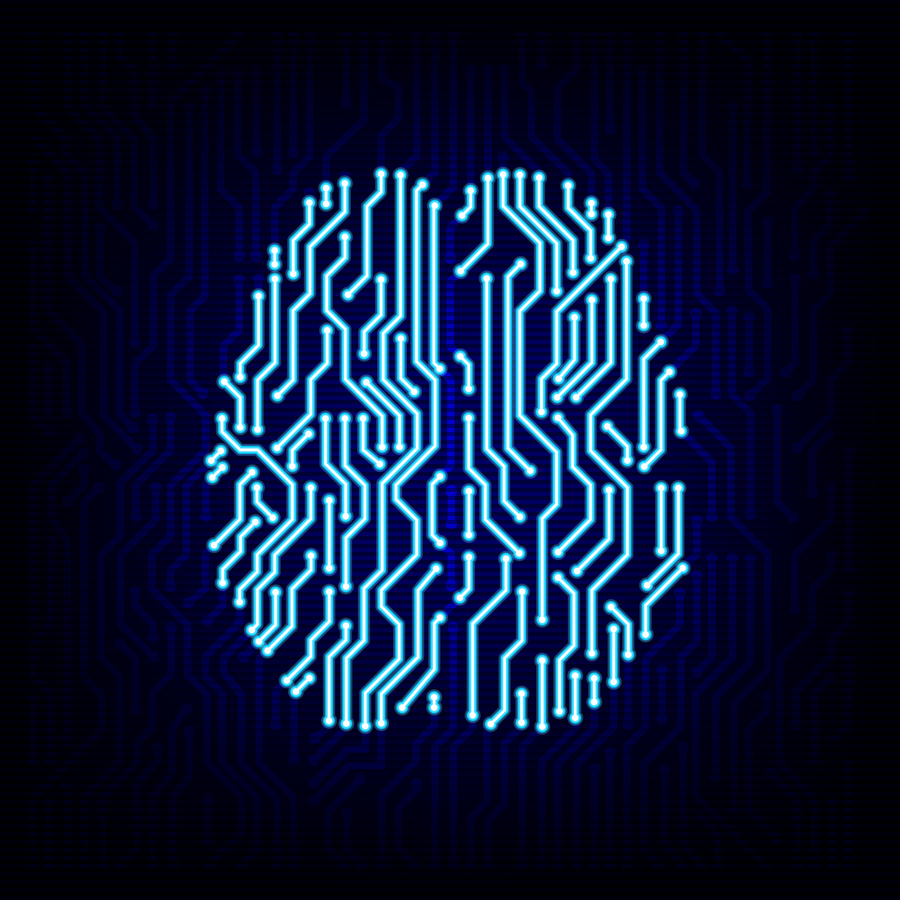This MIT-designed AI can predict up to 85% of cyber attacks
Machine learning and a human helper are behind this hacker detection system

An AI created by scientists at the Massachusetts Institute of Technology (MIT) uses machine learning to detect suspicious activity - getting it right 85 per cent of the time.
The system uses an algorithm called "AI2", that detects anomalies, in conjunction with a human expert, because AI2 on its own can lead to false positives, according to MIT News.
"The more attacks the system detects, the more analyst feedback it receives, which, in turn, improves the accuracy of future predictions," said one of the researchers behind the project, Kalyan Veeramachaneni. "That human-machine interaction creates a beautiful, cascading effect."
The merging of artificial intelligence and what researchers call "analyst intuition" has allowed for this new system to be successful in its early development, Veeramachaneni and fellow scientist Ignacio Arnaldo said. They are working on the project alongside a chief data scientist at PatternEx.
The researchers processed three billion pieces of data known as log lines through the system over three months, with the sheer volume of information training the system to the point where it could predict and detect 85 per cent of cyber attacks.
The AI2 algorithm combs through data and presents its findings to a human analyst, who tells it which are real cyber attacks and which are not. It then uses this feedback to refine its analysis of the next set of data.
"You can think about the system as a virtual analyst," Veeramachaneni said. "It continuously generates new models that it can refine in as little as a few hours, meaning it can improve its detection rates significantly and rapidly."
Get the ITPro daily newsletter
Sign up today and you will receive a free copy of our Future Focus 2025 report - the leading guidance on AI, cybersecurity and other IT challenges as per 700+ senior executives
-
 How the UK MoJ achieved secure networks for prisons and offices with Palo Alto Networks
How the UK MoJ achieved secure networks for prisons and offices with Palo Alto NetworksCase study Adopting zero trust is a necessity when your own users are trying to launch cyber attacks
By Rory Bathgate
-
 Putting small language models under the microscope
Putting small language models under the microscopeITPro Podcast The benefits of small language models are undeniable – but they're no silver bullet
By Rory Bathgate